9
EPISODE NINE : SERPENT RIVER
Serpent River First Nation, located north of Lake Huron, was devastated by the mining development that took place here for over fifty years. It is now on a mission to revitalize its waterways, focusing on environmental resilience and working to reclaim the rivers and forests of their traditional territory. Meet Keegan, Quinn and Lee who, through a variety of grassroots initiatives are setting the stage to connect youth and elders together, teaching them about their territory, language and culture… now and for generations to come.
OUR STORYTELLERS
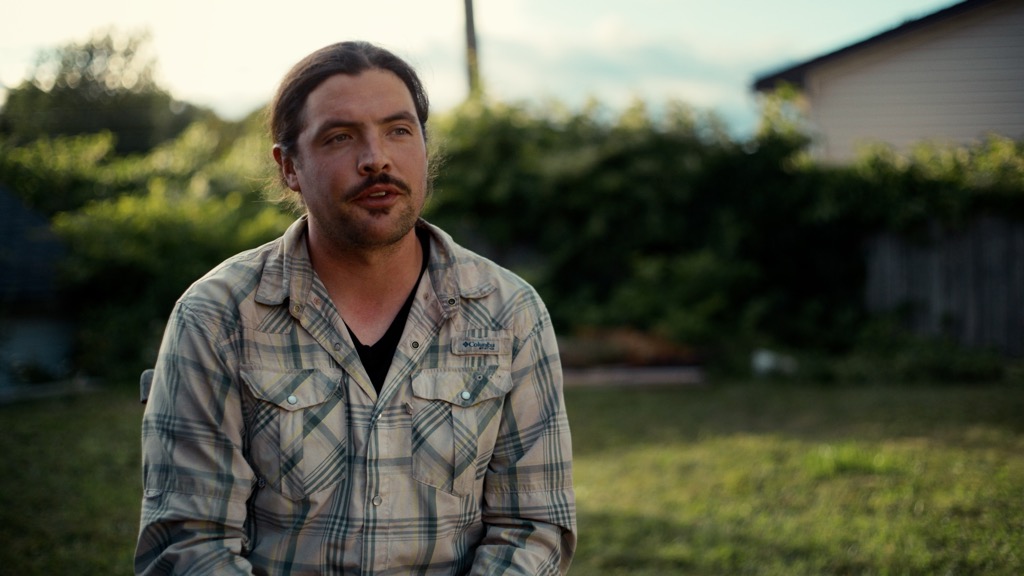
KEEGAN
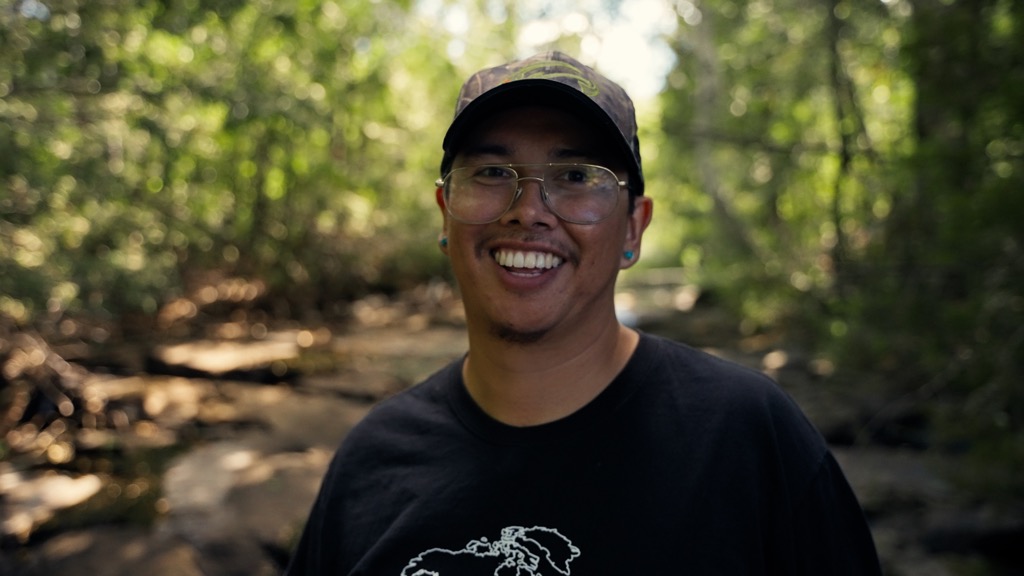
QUINN

LEE
BIRCHBARK BITING
mazinibaganjigan
Birchbark biting, known in Anishinaabe as mazinibaganjigan, is considered the oldest Indigenous art form and consists of folding and perforating thin birchbark with one’s canine teeth to create an intricate geometric pattern. The bites create small puncture holes in the bark that allow the light through, bringing to life a vivid canvas with symbolic or religious significance.
Birchbark biting, historically practiced by women, was always seen as a casual art form, a playful way to pass the time and a way to engage in friendly competition. Most women would choose younger, thinner birchbark, fold it over itself and bite through it to create intricate patterns.
The images created would often represent animals, flowers, insects or landscapes, and were sometimes coloured in afterwards using thread and beadwork. Each artist had their own techniques and preferred ways of selecting their bark.
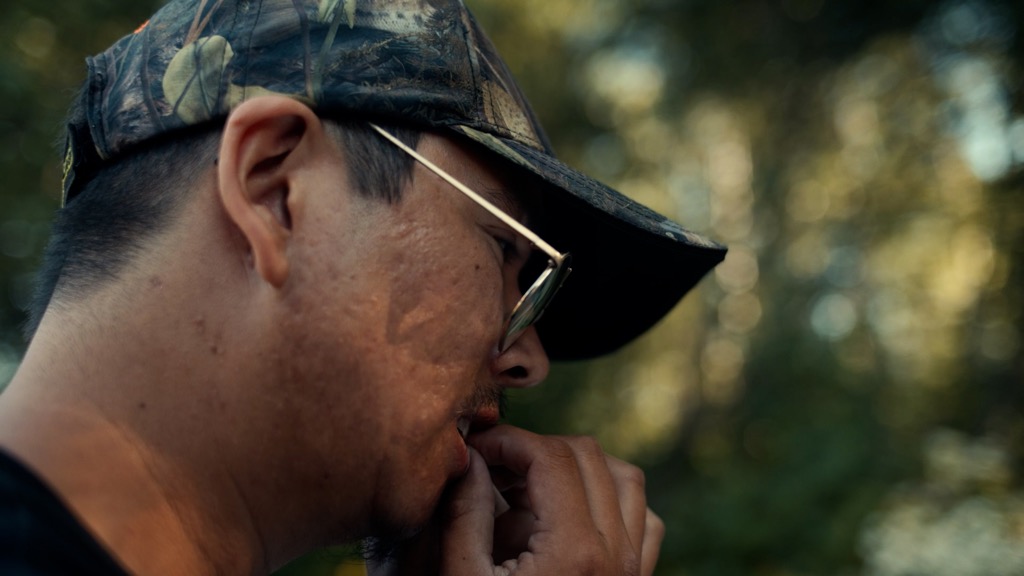
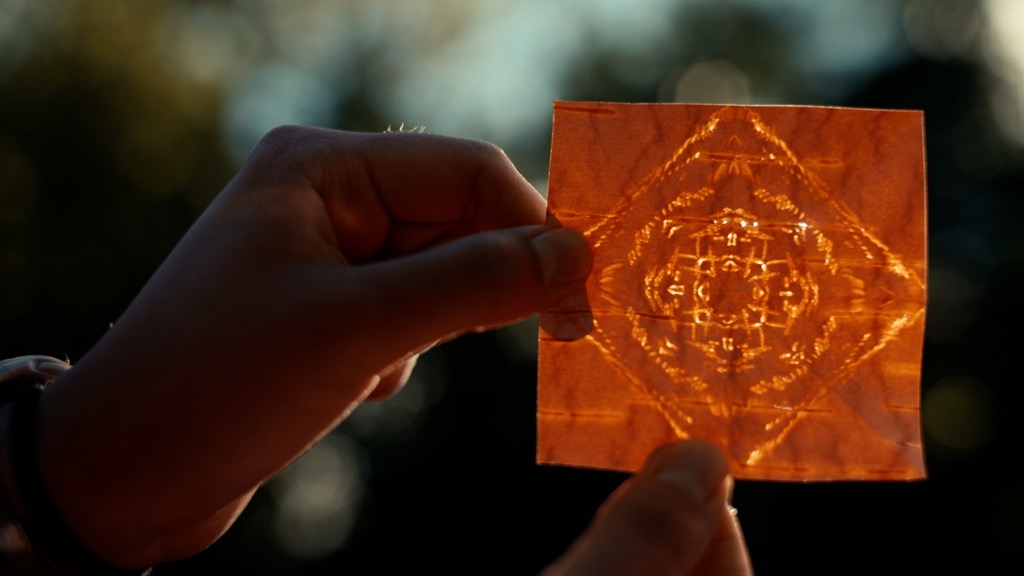
Like many Indigenous practices, settler colonialism nearly eradicated the art form altogether. By the middle of the 20th century, it is believed that only one person still practiced birchbark biting; namely Angelique Merasty. To this day, she is considered a master of the art form and the pioneer of its resurgence.
Growing up on an island on Beaver Lake in northern Saskatchewan, Merasty learnt birchbark biting from her mother Susan Ballantyne. She kept the practice alive through the latter half of the 20th century and passed it on to Angelique Merasty Levac, who then passed it on to several contemporary artists today.
Birchbark biting has made a comeback among several Indigenous communities where birch grows. Many of today’s practitioners, such as Manitoba-based artist Pat Bruderer, have embraced the practices’ traditional methods but have adapted them to represent contemporary themes and stories of Indigenous existence.
One of the most critical aspects of the practice is the importance of passing it on to future generations. Many birchbark biters have therefore taken it upon themselves to host training sessions and mentor younger artists to make sure the practice lives on for generations to come.
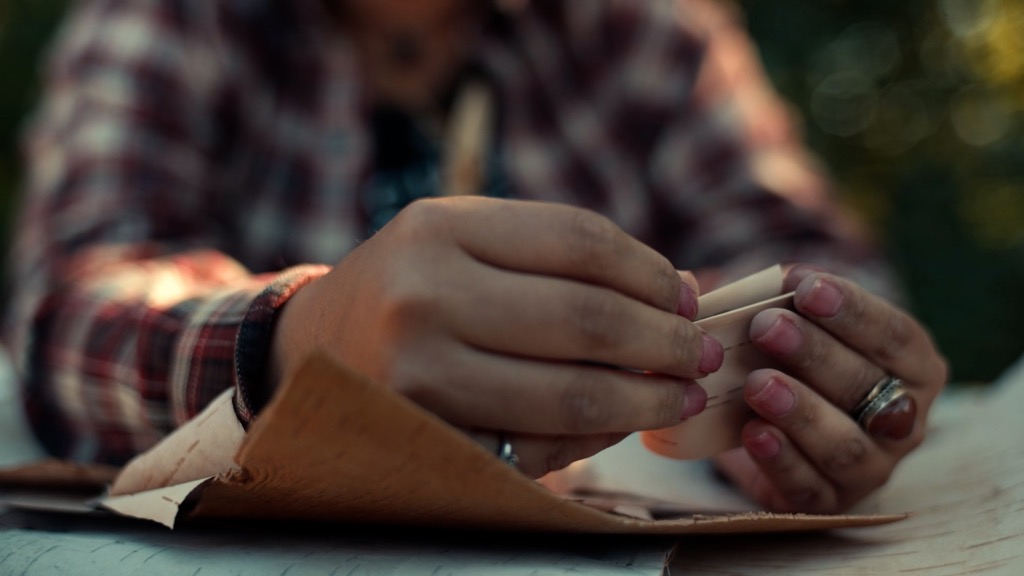
CONTACT US
Have a story about your own little big community?
Reach out and let us know! We would love to help you tell it.
